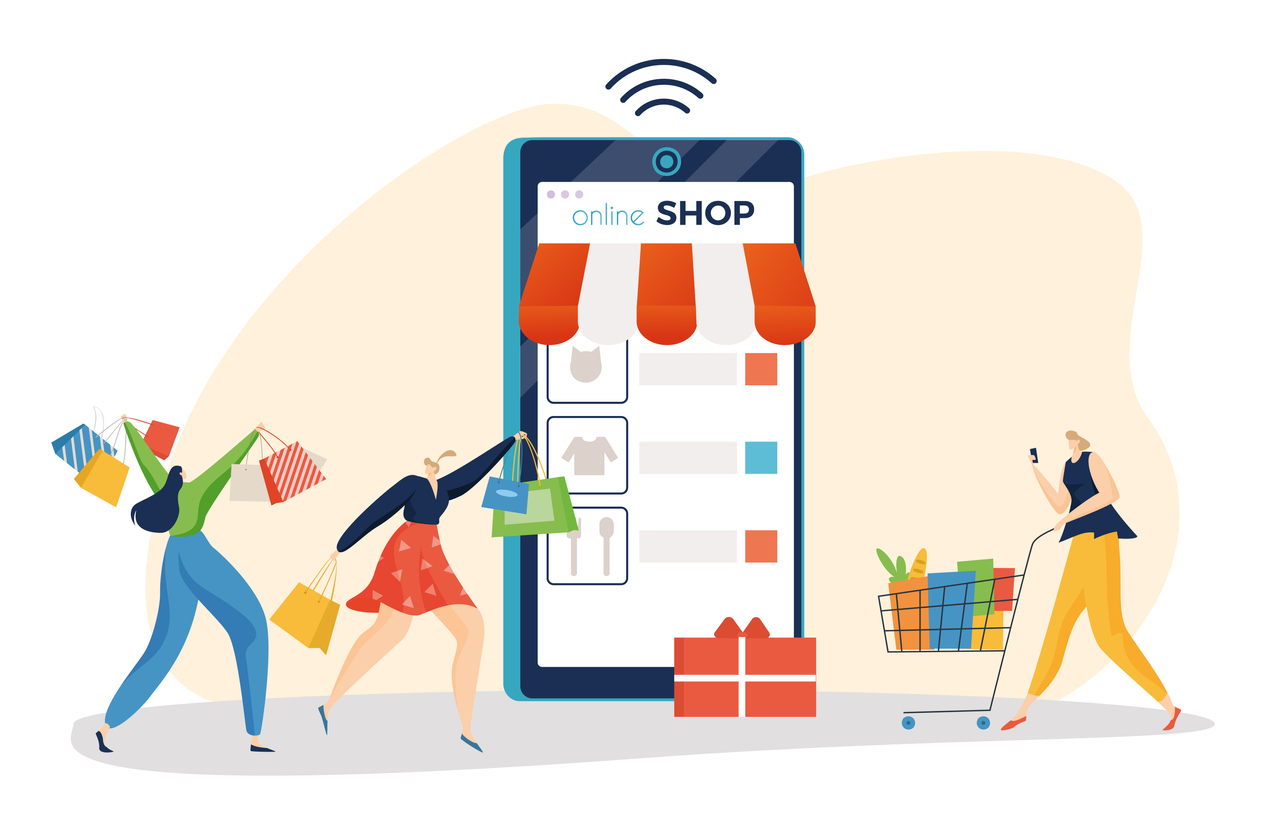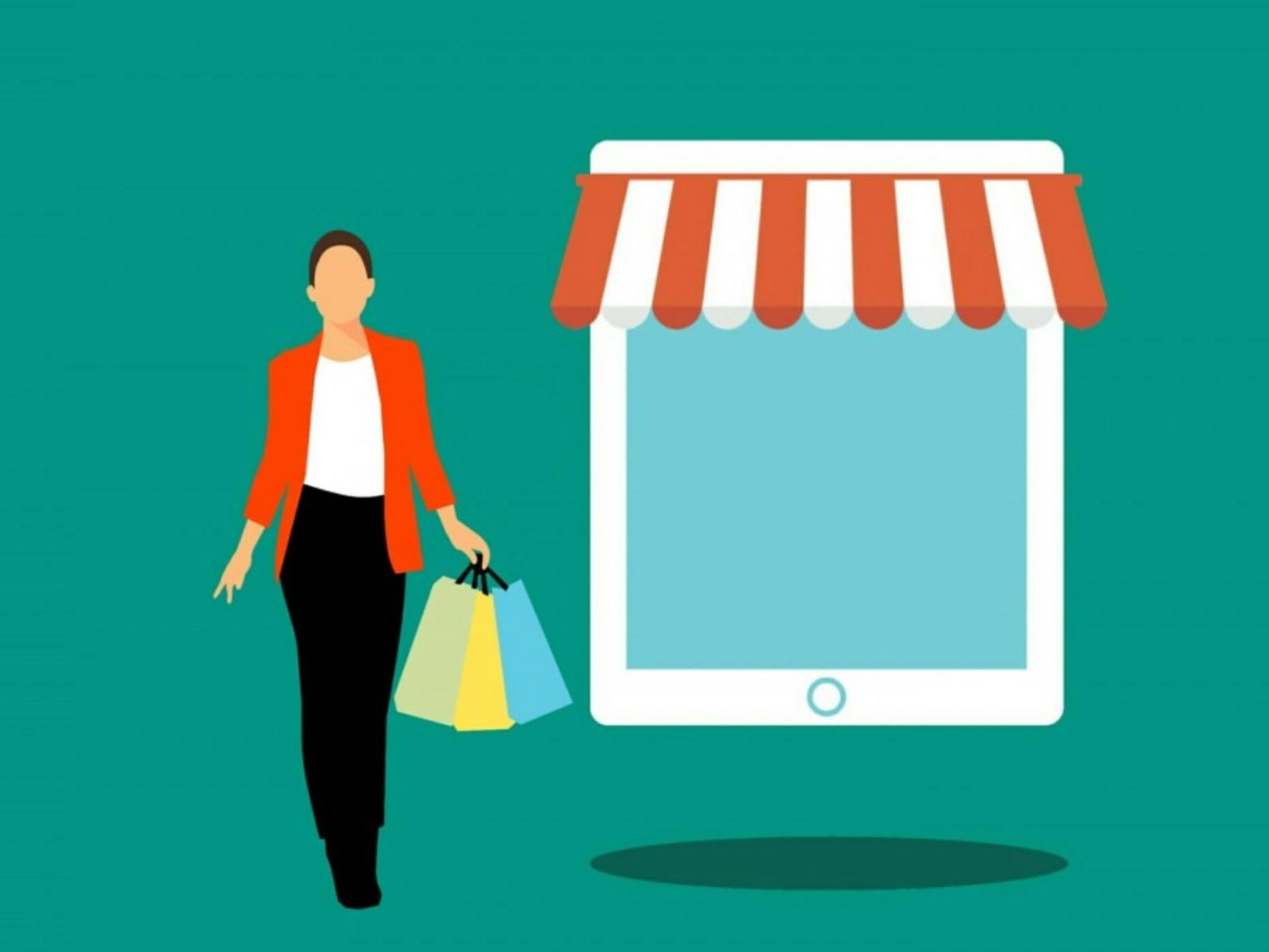What Is AOV, and How Can You Increase It?

E-commerce businesses thrive on metrics that drive profitability, and AOV is one of the most crucial. This key performance indicator reveals how much customers spend on average per transaction.
Increasing AOV not only boosts your revenue but also enhances customer satisfaction and operational efficiency.
In this guide:
What is AOV?
Why Increasing AOV Is Essential for Your Business
How Do You Calculate AOV?
10 Ways to Increase Your AOV
Tools and Technologies to Track and Optimize AOV
Conclusion
What is AOV?
AOV, or Average Order Value, is a metric that tells you how much customers typically spend per order on your site. It’s a crucial metric for understanding customer behavior and optimizing your store’s performance.
For example, if your store’s average transaction value is $75, you can focus on tactics like upselling or bundling products to raise that amount.
If you’re curious about how these concepts align with loyalty programs, check out our 5 Steps to Implementing Brand Loyalty Strategies in eCommerce.
Why Increasing AOV Is Essential for Your Business
Focusing on increasing average order value can be transformative. Here are key benefits:
- Higher Revenue Without Extra Customers: Boosting AOV leverages existing traffic, saving on acquisition costs.
- Improved Customer Lifetime Value (CLV): Encouraging larger purchases increases the total value customers bring to your business.
- Enhanced Profit Margins: Higher order values often mean better margins, especially when shipping or overhead costs remain constant.
Aligning AOV improvements with loyalty programs and retention strategies, such as those in our guide to brand loyalty strategies, ensures sustainable growth.
Why Increasing AOV Is Essential For Your Business
- Higher AOV translates directly into increased revenue.
- Optimized AOV ensures better returns on advertising investments.
- Understanding AOV will help you adapt your approach to cater to customer spending patterns.
How Do You Calculate AOV?
The AOV formula is straightforward:
AOV =
[ total revenue over X amount of time ] / [ total number of customers over X amount of time ]
Again, the time period has to be consistent between both numbers. If, for example, you earned $5,000 last month from 100 orders, your average order value is $50 ($5,000 / 100).
Some eCommerce platforms calculate your AOV dynamically. Shopify, for example, includes this metric by default in its delivered customer reports.
10 Ways to Increase Your AOV
You know the answer to what is AOV, along with how to calculate it. Now, it’s time to get to work. In this next section, we’ll cover how to increase AOV, focusing specifically on five common eCommerce techniques that can help you get started.
1. Offer Free Shipping Thresholds
Free shipping remains one of the most effective motivators for customers. Setting a minimum cart value for free shipping encourages buyers to add more items to their order to qualify for the perk. For example:
- If your current AOV is $45, setting a free shipping threshold at $60 prompts customers to purchase additional products they may not have otherwise considered.
Tip: Use clear banners on your website to highlight the threshold, such as, “You’re just $10 away from free shipping!” This dynamic messaging keeps customers engaged during their shopping journey and improves your conversion funnel analysis.
2. Upsell and Cross-sell Products
These strategies focus on maximizing the value of each transaction:
- Upselling: Encourage customers to purchase a higher-end version of the product they’re viewing. For instance, if a customer is buying a $50 smartwatch, suggest an upgraded model with additional features for $80.
- Cross-selling: Recommend complementary products that enhance the item in their cart. For example, suggest a laptop sleeve, mouse, or external hard drive to pair with a purchased laptop.
Why It Works: These tactics not only increase AOV but also create a better customer experience by offering solutions tailored to their needs. Make these suggestions visible during checkout or as part of product pages.
3. Bundle Products Together
Product bundles tap into the psychology of perceived value. By offering a group of related products at a discounted price, you encourage customers to spend more while feeling like they’re saving money. For example:
- Instead of selling a cleanser, toner, and moisturizer separately, offer them as a “Complete Skincare Set” for $80 (compared to $100 if purchased individually).
Tip: Highlight the savings on the product page with messaging like “Save $20 when you buy this bundle!” Bundles also work well for seasonal or themed campaigns, such as holiday gift sets.
4. Leverage Discounts and Limited-Time Offers
Urgency is a powerful motivator. Time-sensitive promotions encourage customers to act quickly to avoid missing out. Popular methods include:
- Flash Sales: Offer discounts for a limited period, such as 20% off orders over $75 for 24 hours.
- Volume Discounts: Incentivize larger purchases with “Buy 2, Get 1 Free” or “Spend $100, Get 20% Off.”
Tip: Use countdown timers on product pages or in email campaigns to create urgency and drive conversions, improving your sales conversion rate.
5. Personalize Customer Experiences Using Data
Customers are more likely to purchase when they feel the recommendations are tailored to their preferences. Tools like Klaviyo analyze browsing and purchase behavior to suggest relevant products. Examples include:
- “You might also like” sections on product pages.
- Personalized email campaigns featuring products customers viewed but didn’t purchase.
Why It’s Effective: This approach builds trust and increases revenue per customer by aligning offers with individual needs.
6. Implement a Customer Loyalty Program
Loyalty programs encourage repeat purchases by rewarding customers with points for every dollar spent. These points can be redeemed for discounts, free products, or exclusive perks. For instance:
- Offer double points on purchases over $75 to incentivize larger orders.
- Provide early access to sales or limited-edition products for loyal members.
Tip: Highlight the benefits of the program on your website and during checkout to increase sign-ups.
7. Simplify the Returns Process
Customers are more likely to add higher-value or additional items to their cart if they trust the return process. A clear, hassle-free return policy builds confidence. For example:
- Offer free returns within 30 days.
- Provide prepaid return labels to make the process seamless.
Why It Works: Reducing the perceived risk encourages customers to spend more, knowing they can easily return items if needed.
8. Enhance Product Descriptions and Visuals
Compelling product descriptions and high-quality images can significantly influence purchase decisions. Use the following best practices:
- Descriptions: Highlight key features, benefits, and use cases for the product.
- Visuals: Include multiple angles, lifestyle shots, and close-ups to help customers visualize the product in their lives.
Tip: Add videos or 360-degree views to give customers a more interactive experience, increasing their likelihood to buy.
9. Segment Your Email List to Target by AOV
AOV can also be used as a way to segment your email list. With AOV-based segmentation, you can create more targeted campaigns specifically designed to increase it. For example, you can:
- Target customers with below-average AOV, promoting sales and deals like the above or upselling some of your other products.
- Target customers with above-average AOV, focusing on cross-selling other relevant products or providing early insights into new product releases.
Audience segmentation is helpful regardless of the segmentation variables used—as long as the groupings you get have enough in common for more targeted campaigns. Segmenting by AOV is especially relevant because of how targeted you can be in your messaging to improve this specific metric.
10. A/B Testing to Optimize AOV
A/B testing helps you identify what works best to increase AOV by comparing two versions of a strategy. For example:
- Free Shipping Thresholds: Test different minimums (e.g., $50 vs. $70) to see which drives larger orders.
- Product Bundling: Experiment with combinations to find the most appealing offers.
- Upselling Placement: Test upsell recommendations on product pages versus during checkout.
Why It Works: A/B testing provides clear, data-driven insights, helping you refine strategies to maximize results.
Tools and Technologies to Track and Optimize AOV
Using the right tools can simplify AOV optimization:
- Google Analytics: Tracks key e-commerce metrics, including AOV.
- Shopify: Provides built-in reports to monitor and boost AOV. Learn more about AOV insights on Shopify’s blog.
- Klaviyo: Delivers insights for personalized campaigns.
Each platform offers unique advantages, so choose one that aligns with your business model and goals.
Improve Your Revenue Flow With a Strategic AOV Focus
There’s a reason the phrase what is AOV generates more than six million Google results. For eCommerce merchants, this is a crucial metric to track the success of your online store and measure the ROI of your marketing efforts.
But understanding the concept only matters if you also know what to do about it. That’s where Future Holidays comes in. Our eCommerce experience is a perfect match for any online store looking to grow its revenue.
Contact us for a conversation that may start with AOV but will go far beyond it into tangible strategies that can help your business succeed.

 Ryan Kodzik
Ryan Kodzik 
